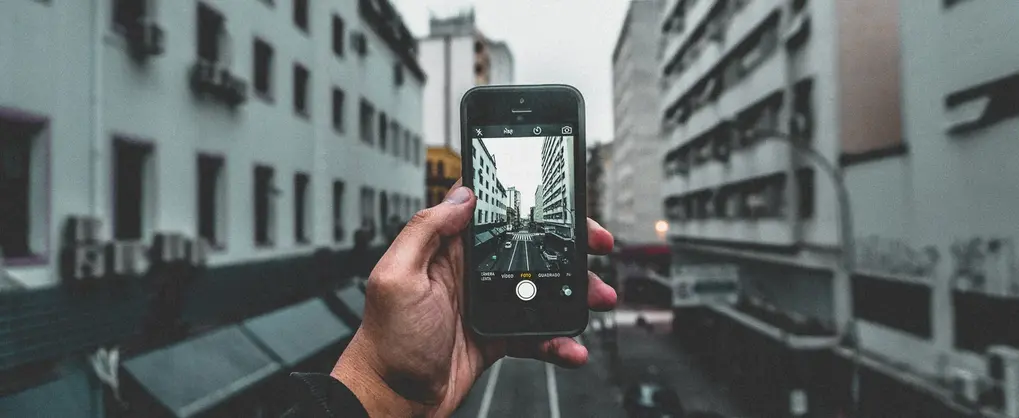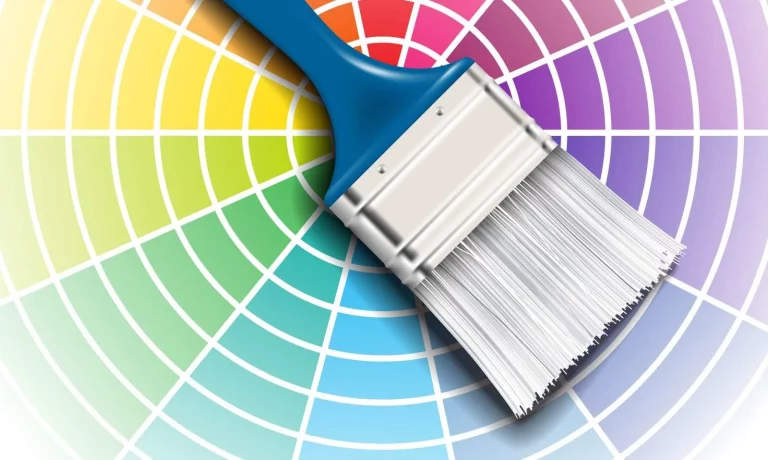In the business of image editing, photography, desktop publishing or design, it’s a good idea to become familiar with the terms often used to convey ideas or for collaboration. In this week’s blog, we cover some commonly used industry terms.
Aspect Ratio. In the context of image editing, aspect ratio refers to the proportional relationship between an image’s width and height. When resizing images for example, we want to preserve an image’s aspect ratio in order to avoid skewing the image (i.e. images that look ‘stretched’ or compressed)
Transparency. Simply put, how see-through an element of an image or the entirety of it is. This term is often interchangeable with level of opacity.
Image Format. The file type an image is saved as. Some of the commonly used types are .jpeg, .gif, .png and .bmp. The rule of thumb is that we will always want an image in a file format that retains the highest quality and fidelity for the sake of editing, in order to avoid causing artifacts in the finished product. Raw files such as .bmp retains the highest quality, but has no compression, and so tends to be massive in file size. For this reason, .png is often used since it meets the middle ground of retaining quality and file compression size.
Vector Image. A type of image that can be scaled/resized without losing pixel quality. Often used in desktop publishing for large scale printing such as billboards and the likes.
Exposure. In photography, this refers to how much light is ‘exposed’ to the film. Controlling exposure affects the brightness of an image. In image editing, correcting exposure often means increasing or decreasing overall brightness of an image.
Cropping. In essence, cropping is the act of improving a photo or image by removing the unnecessary parts. An example of this is when your photo has multiple subjects, but you only need the one of interest, in which case you crop out the subject by framing it, and removing the excess sections.
Saturation. Refers to the strength or intensity of colors in an image. An image is saturated if the colors ‘pop-out’. Controlling saturation in an image can change the ‘feel’ of the image.
In closing
Do you love taking selfies, or are you the designated photographer in the family or group of friends? Familiarity with these terms will help you make better adjustments to your photos as they are universal across mobile devices, cameras and PC applications.
Got a business and need help with social media content, image/video editing, or website development? We can help. Contact us today!

